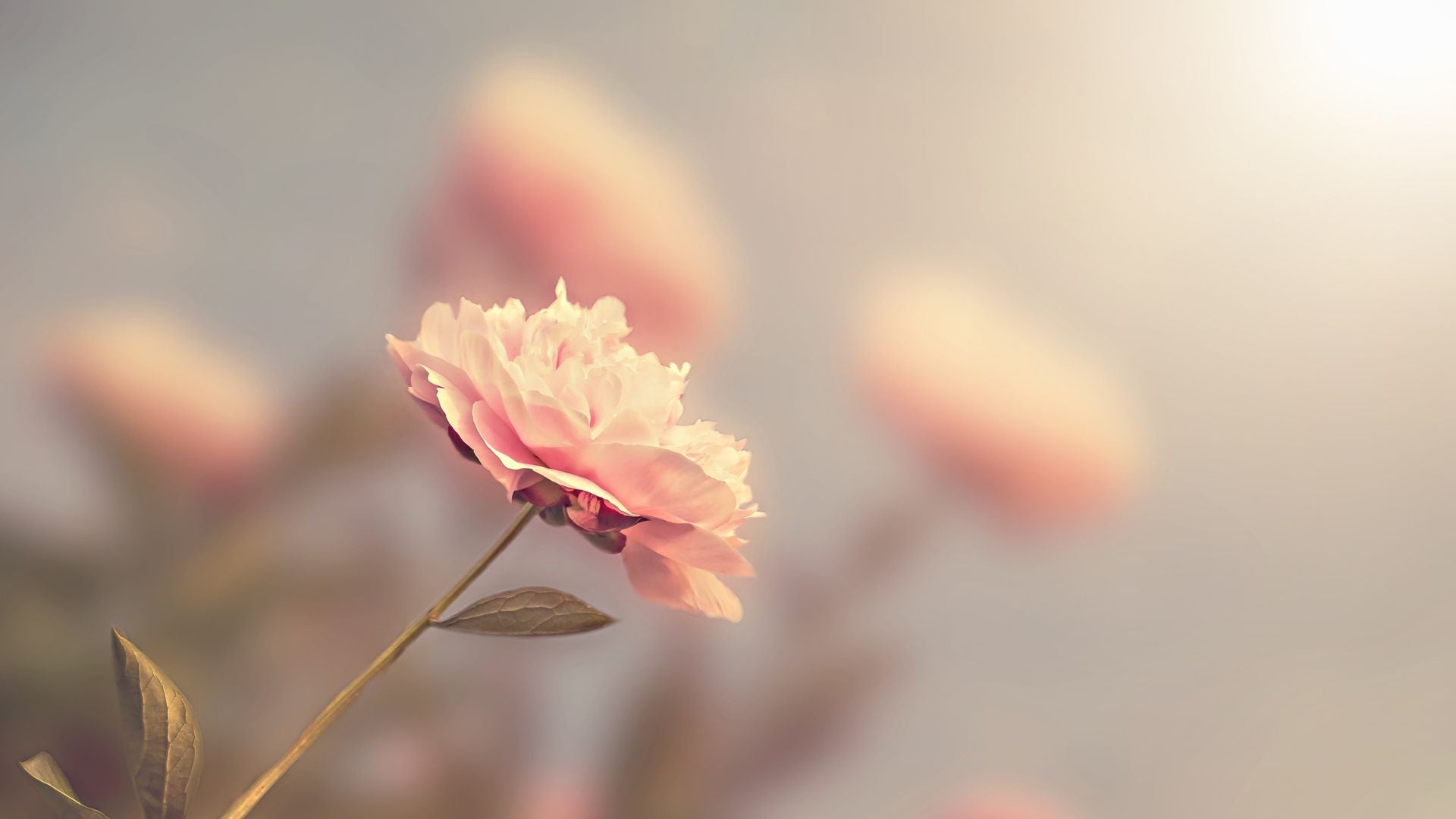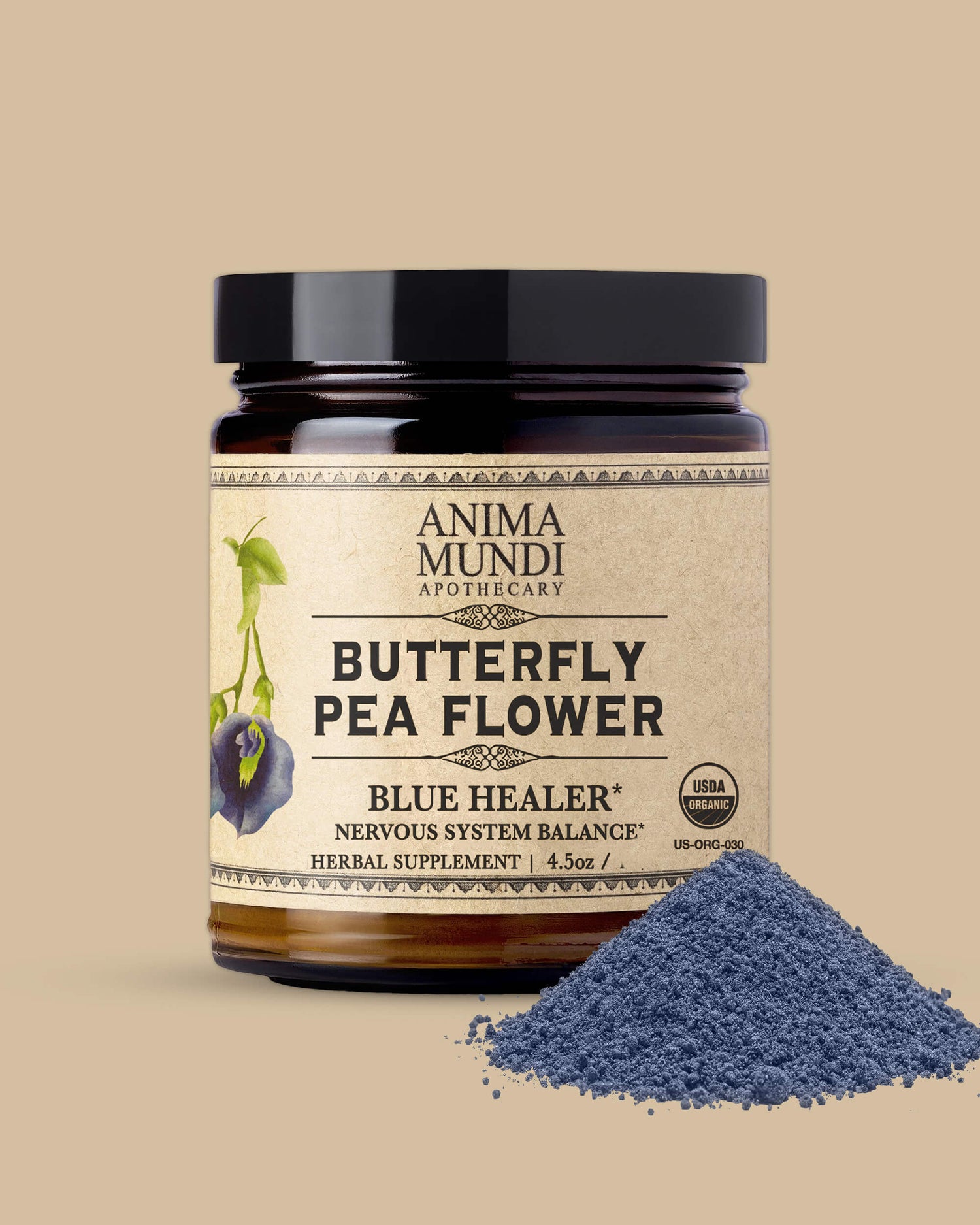There was once a time when people loved cultivating roses so much that the Emperor was obligated to use edicts limiting the use of land so the population wouldn’t go hungry. Once, a great Mesopotamian city was renowned far and wide for its magnificent rose gardens. Such were the challenges of life in China’s Han Dynasty, and the glory of Baghdad now dwells only in the memories of those long departed.
What was it that enchanted the original horticulturists in the days of Lao Tzu? Was it a scent that no longer exists, a crimson color never seen before, as the wild flower that had lived in the misty mountains since time immemorial grew in domestic gardens for the first time?
In the beginning, there were only a handful of species of roses, but their destiny would be to spread across the earth, evolving and hybridizing into tens of thousands of new forms, colors, smells, and growing habits. More profoundly, roses would gradually become entwined with the roots of the human psyche, adorning and symbolizing the unique paradoxes our soulful species has forever struggled to reconcile, for we are indeed spiritually erotic and erotically spiritual, embodiments of love divine yet fated to endure the ordeals of passion
What could represent the human condition better than a flower of fleeting beauty, a scent enthralling yet ephemeral, and a plant both fragile and prone to sickness yet armored with thorns and capable of thriving from the coldest forests of Siberia to the hottest deserts of India?
In cities large and towns small, Persian nobility and Arab sheiks patronized flourishing rose gardens, wonders of the world easily confused with celestial visions. Ragged Crusaders weary of battle carried home the vibrant red symbol of Christ, leaving the Muslims to cultivate their symbol of Allah. Soon, Bulgarian valleys would lie awash with pink-red springtime, sunrise awakening the flowers’ metabolic exuberance. Victorian horticulturists would propagate a rainbow palette of new varieties and cultivars, their shades and colors conveying the heart’s sentimental hues: passionate romantic red, love at first sight purple, desirous coral and orange, grateful pink, chaste white, friendly and joyful yellow, and mysterious blue.
Wild roses, old garden roses, China and tea roses, alba, gallica, damask, and centifolia, the flowers multiplied in a profusion of classes, species, varieties, and cultivars, rejoicing, apparently, at the creative touch of humans igniting their latent artistic impulses. Ovoid, pointed, cupped and globular, they bloom in an endless variety of shapes, colors and fragrances, unfolding, tantalizing, then evaporating. Wine-scented crimson, apricot clove, geranium scarlet, fruity lavender, phlox-pink with damask notes, creamy yellow fragrance of violet and clover, they present themselves proudly, as if knowing the names bestowed on them by their co-creators: Madam Hardy, Crimson Glory, Cardinal de Richelieu, Fragrant Cloud, Lady Hillingdon, Deep Secret, Zéphirine Drouhin, and Pearl Essence.
From terraced heights of cascades and glacial vistas, Himalayan villagers carry perfumed baskets down winding trails tread for generations; toothless grinning elders pour huge bags of freshly plucked blooms into piles for cleaning. In the blazing desert where Rajas once ruled, the queen now blossoms under trees laden with mango and amla, her translucent petals moistened by sweet snowmelt flowing beneath the treasure-laden sands.
Indian, Iranian, Turkish, Moroccan—young and old, men and women—all labor to harvest uncountable quantities of blossoms as the seasons change to years, years fade to centuries, centuries turn to millennia and time becomes the well-worn path from fields to carts to villages to stills. Stills of silica glass in sanitized modern labs, immense sacrilegious stills of industry, government-regulated copper stills seasoned by the decades, tiny stills in alchemist’s shrines, all transforming a mountain of roses into a drop of oil.
Regal without being presumptuous, sophisticated without arrogance, sublime yet accessible, rose oil imparts its elegant graciousness upon those who bear oppressive injuries of the heart. The beauty of nature is an indispensable nutrient for the soul; could it be that simply by befriending the queen of flowers our birthright of spiritual nobility is restored? Or do we become vicariously inebriated with euphoric freedom from care, imbibing the nectar secreted within the blossoms’ conch-like folds as they swoon under the mysterious caress of the moon’s rays?
Perhaps we are being blessed by the healing colors of the arriving dawn, the favorite time of God and roses, as the current of solar music approaches imperceptibly from the silence of deep space, finally bursting upon the earth in a symphony of radiance. Shadows of sorrow and grief flee before such a majestic presence. In our daily battles to uphold dignity and truth, what greater protection could we ask for than an elixir of joy distilled from the sun and moon?
Like the roses’ whirling galaxies of kaleidoscopic perfumed colors, so blossom the dreams and glory and folly of love, so passionately and innocently, so briefly. Here lies Cleopatra, languidly waiting on a bed of floral enticement. Here stands the Taj Mahal, a monument to the moment of eternity glimpsed in the eyes of the beloved, its pools brimming with petals distilling in the midday sun. Here parade royal Persian wedding parties along pathways of crimson and pink, and brides and grooms of old Rome adorned with floral crowns. Here wanders Sappho, offering poems of intoxicated adoration like roses strewn across altars and shrines of Aphrodite and Venus. Here, in an ecstatic vision, the Virgin Mary approaches St. Dominic, bestowing on him the first “rosary,” of rose-scented rosehips.
Where does the timeless Tao flow, carrying our days into memories, memories into myth, myth into mystery, like candlelit flower boats drifting away on holy rivers as spirits depart in search of love again?
















